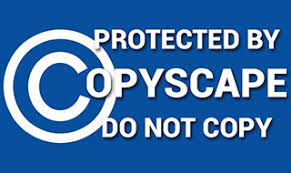Let’s looks at the three most commonly used types of agreements.
Hire Purchase
This is a very simple way to purchase an asset and spread the payment over a fixed amount of time, typically monthly. The asset will appear on your balance sheet, and you will be responsible for maintenance and insurance costs. You will take full ownership of the asset once the agreement ends, and the last payment is made.
- This type of agreement includes interest, with the full amount of the asset paid for over an agreed period of time, typically 12 months up to 8 years.
- Each instalment includes an interest charge, which is agreed at the outset.
- VAT paid upfront. There will be no VAT charges on each rental instalment.
- Ownership upon completion of the agreement.
- Full ownership once the final payment is made, typically with a small option to purchase fee, meaning that you will own the asset outright.
Finance Lease
This type of agreement is for those who want flexibility at the end of an agreement. These types of agreements include three parts to each payment made, which are asset cost, interest, and VAT.
- Flexible payment terms, you can keep the monthly instalment low, by paying a larger deposit, or agreeing to a balloon payment at the end of the agreement. The balloon payment will typically be less than the anticipated market value of the asset, which would allow the asset to be sold to settle the outstanding balloon.
- VAT paid on each instalment, allowing assets to be more affordable to smaller businesses and non-VAT registered businesses who would not be able to reclaim the full upfront VAT cost.
- Flexible end of agreement options allows you to carry on using the equipment with additional instalments or sell the equipment and potentially keep some of the proceeds.
Operating Lease
With an operating lease, the agreement is normally shorter than the economic life of the asset, this allows the leasing company to use the resale value to offer reduced payments over the agreed term.
- All of the risks, and rewards, that come with asset ownership remain with the leasing company, not you.
- At the end of the agreement, you will no longer be able to use it and it must be returned in good condition. All terms and restrictions must have been adhered to, or you could incur additional costs (e.g., mileage / hours).
- Repayments are treated as an operational expense, so they do not appear on your balance sheet.
- Ability to change / upgrade equipment more frequently.




